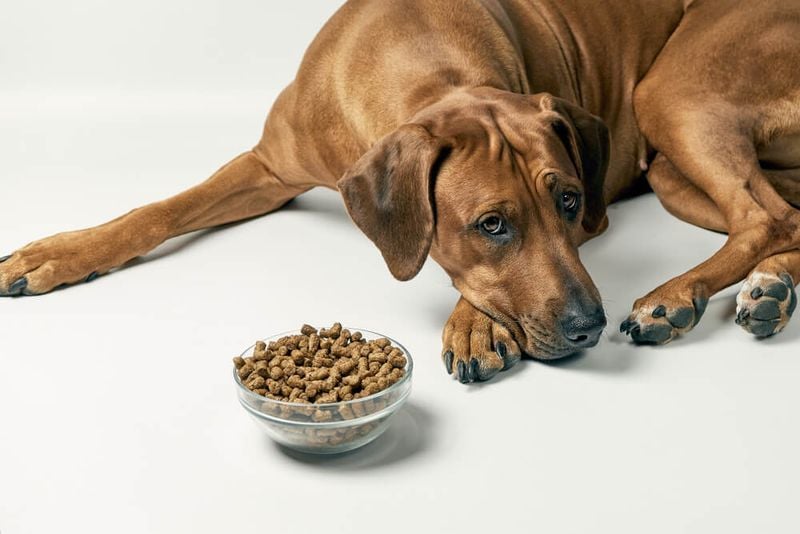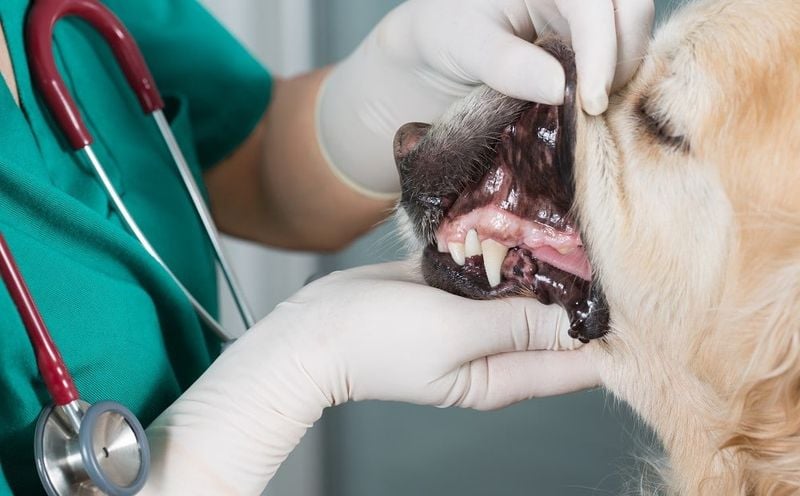Vets Say These 7 Clues Mean It’s Time to Change Your Dog’s Diet
Your dog can’t tell you their food isn’t working — but their body sure can. Just like us, dogs rely on proper nutrition to feel their best, and when something’s off, their bodies start sending signals. Maybe it’s more shedding than usual, a sudden burst of itchiness, or even just a lack of energy that wasn’t there before. While none of these signs scream “bad kibble!” on their own, together they might point to a diet that’s no longer serving your pup.
The truth is, not all dog foods are created equal — and what worked last year may not be working now. Factors like age, breed, allergies, and activity level can all influence what your dog needs from their bowl. And because our pets can’t verbalize discomfort the way we can, it’s up to us to spot the red flags early.
Veterinarians and pet nutritionists agree: there are a handful of common — and often overlooked — clues that your dog’s diet might be causing more harm than good. Spotting these signs early can help prevent chronic issues, from digestive troubles to skin conditions, and ensure your furry friend stays healthy, active, and well-fed.
Here are 7 telltale signs it might be time to rethink your dog’s diet.
1. Stomach Troubles That Won’t Go Away
When your dog’s tummy is constantly upset, their food might be the culprit. Frequent vomiting, loose stools, or excessive gas aren’t just unpleasant for everyone involved—they’re your pet’s way of signaling something’s wrong.
Many dogs develop sensitivities to certain ingredients over time. Chicken, beef, or grain proteins that once caused no problems might suddenly trigger digestive upset. Your pup might also be reacting to artificial preservatives or fillers common in some commercial foods.
A vet-recommended elimination diet can help identify problem ingredients. Switching to a limited-ingredient formula or one designed for sensitive stomachs often brings relief within weeks.
2. Scratchy Skin and Lackluster Fur
Gorgeous, glossy coats don’t happen by accident—they’re built from the inside out through proper nutrition. When your dog constantly scratches or their once-shiny coat turns dull and brittle, their diet might be missing essential fatty acids.
Food allergies often manifest on the skin before anywhere else. Red, irritated patches, excessive dandruff, or hot spots can all signal dietary incompatibility. Many commercial foods lack the omega-3 and omega-6 fatty acids dogs need for healthy skin barriers.
Foods rich in quality fish oils, flaxseed, or specially formulated for skin health can transform your itchy companion. Most owners notice improvement within 4-6 weeks after switching.
3. Mysterious Weight Fluctuations
Has your pup been packing on pounds despite normal exercise? Or maybe they’re getting skinny despite seemingly eating well? Both scenarios warrant a diet review. Unexplained weight changes often indicate your dog’s current food isn’t properly balanced for their specific needs.
Weight gain might mean excess calories or carbohydrates that don’t match your dog’s activity level. Conversely, weight loss despite good appetite could signal poor nutrient absorption or insufficient calorie density. Some foods might seem adequate in volume but lack the nutritional punch your dog requires.
Age, breed, activity level, and health status all influence dietary needs. A formula specifically matched to your dog’s life stage and lifestyle can resolve these mysterious fluctuations.
4. Constant Fatigue and Lack of Playfulness
Remember when your dog would bounce off the walls with excitement for walks or playtime? A dramatic energy drop might be more than just aging—it could be nutritional. Dogs eating foods without proper protein balance or essential nutrients often become noticeably lethargic.
Quality protein fuels muscle function and overall vitality. Many budget foods use plant proteins that dogs can’t utilize as efficiently as animal sources. Without proper amino acid profiles, your pup’s cells can’t produce energy effectively.
Athletic breeds particularly suffer from improper nutrition. Switching to a higher-quality food with appropriate protein levels and nutrient ratios often brings back that puppy-like spark within just a few weeks of transition.
5. Stinky Breath and Dental Deterioration
While no dog breath smells like roses, truly offensive odors signal problems. Persistently bad breath paired with yellowing teeth, inflamed gums, or excessive drooling points to dental issues that might be diet-related.
Soft, carbohydrate-heavy foods create perfect environments for bacteria growth in your dog’s mouth. Without enough mechanical cleaning action from crunchy kibble or dental-friendly ingredients, plaque builds up rapidly. Some dogs also develop oral issues from specific protein sources that increase inflammation.
Specialized dental formulas include enzymes that fight plaque or kibble shaped to scrape teeth clean. Foods with added calcium and phosphorus support tooth strength, while others incorporate natural antimicrobials like parsley to freshen breath naturally.
6. Fur Flying Everywhere
Finding more dog hair on your furniture than on your pet? Excessive shedding beyond normal seasonal changes often indicates nutritional deficiencies. Your dog’s coat health directly reflects what’s happening internally with their digestion and nutrient absorption.
Protein quality plays a crucial role in hair growth cycles. Without adequate biotin, zinc, copper, and specific amino acids, hair follicles weaken and release fur prematurely. Many commercial foods contain these nutrients but in forms dogs struggle to absorb effectively.
Premium foods formulated for coat health typically include chelated minerals (easier for dogs to absorb) and balanced fatty acids. Most owners report significantly reduced shedding within 30-45 days after switching to more bioavailable nutrient sources.
7. Paw Licking and Recurring Ear Problems
When your dog constantly licks their paws or suffers from repeat ear infections, they’re showing classic signs of food allergies or sensitivities. These seemingly unrelated symptoms share a common root: inflammation triggered by problematic ingredients.
Dogs often develop allergies to common proteins like chicken, beef, or dairy after years of exposure. The resulting inflammation targets the ears and paws—areas with thinner skin and more direct environmental contact. Certain grains and artificial preservatives can similarly trigger immune responses.
Hypoallergenic formulas use novel proteins your dog hasn’t encountered before, like venison or duck. Limited-ingredient diets eliminate common triggers, allowing inflammation to subside. Many vets report ear infections and paw licking resolve completely with appropriate dietary changes.













